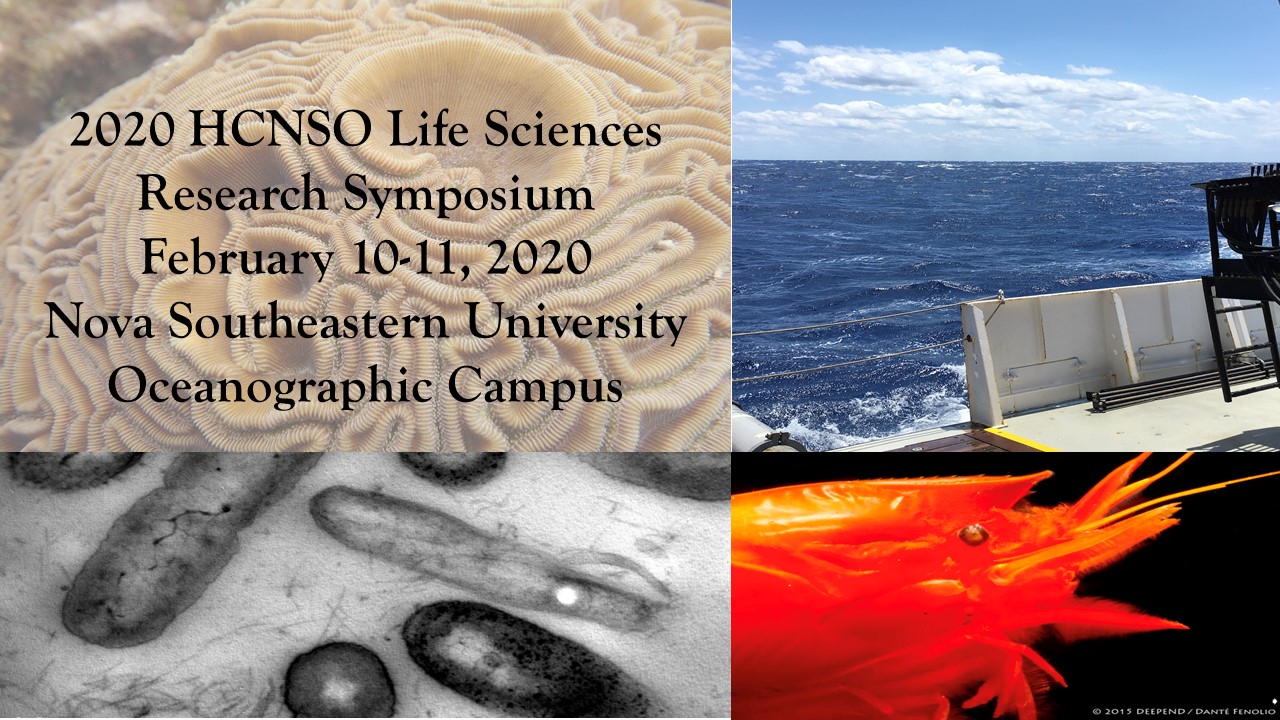Post-release recovery and behavior of Pacific sailfish (Istiophorus platypterus) in the Eastern Tropical Pacific
Location
HCNSO Guy Harvey Oceanographic Center Nova Southeastern University
Start
2-11-2020 9:30 AM
End
2-11-2020 9:45 AM
Type of Presentation
Oral Presentation
Abstract
The Eastern Tropical Pacific is widely considered to be one of the world’s best fishing locations for istiophorid billfish, including the Pacific sailfish (Istiophorus platypterus). As such, substantial recreational fishing effort has developed in the region in recent years, contributing significantly to local economies. In an effort to maintain high catch rates, countries in the region have imposed regulations requiring catch and release only practices for recreational billfish fisheries. Although studies thus far have documented low post-release mortality estimates for sailfish, animals in these fisheries are subjected to exhaustive exercise and stress before release which can have subsequent fitness impacts on their immune system function, growth, and reproduction, termed sub-lethal effects. Therefore, obtaining accurate estimates of post-release recovery time is an important component of assessing the success of catch and release as a management practice. Using a novel, custom-made, high-resolution acceleration data logger and video camera tag package, we measured the post-release recovery period and behavior of Pacific sailfish (n = 9) off the Pacific coast of Panama for periods of 6–67 h after angling fight times ranging from 4–14 min (mean: 7 ± 0.02 min). Animal-borne-video enabled the validation of behavioral signatures from acceleration data and recorded interactions with potential prey and conspecifics. Using metrics to quantify tailbeat activity calculated from tri-axial sensor data, results suggest the recovery period for Pacific sailfish after catch and release may be shorter than previous estimates using time-depth recorders alone (hours rather than days). This is the first study to use tailbeat activity to estimate the post-release recovery period of Pacific sailfish and suggests that catch and release can be an effective practice to conserve and sustain sailfish populations in the Eastern Tropical Pacific.
Post-release recovery and behavior of Pacific sailfish (Istiophorus platypterus) in the Eastern Tropical Pacific
HCNSO Guy Harvey Oceanographic Center Nova Southeastern University
The Eastern Tropical Pacific is widely considered to be one of the world’s best fishing locations for istiophorid billfish, including the Pacific sailfish (Istiophorus platypterus). As such, substantial recreational fishing effort has developed in the region in recent years, contributing significantly to local economies. In an effort to maintain high catch rates, countries in the region have imposed regulations requiring catch and release only practices for recreational billfish fisheries. Although studies thus far have documented low post-release mortality estimates for sailfish, animals in these fisheries are subjected to exhaustive exercise and stress before release which can have subsequent fitness impacts on their immune system function, growth, and reproduction, termed sub-lethal effects. Therefore, obtaining accurate estimates of post-release recovery time is an important component of assessing the success of catch and release as a management practice. Using a novel, custom-made, high-resolution acceleration data logger and video camera tag package, we measured the post-release recovery period and behavior of Pacific sailfish (n = 9) off the Pacific coast of Panama for periods of 6–67 h after angling fight times ranging from 4–14 min (mean: 7 ± 0.02 min). Animal-borne-video enabled the validation of behavioral signatures from acceleration data and recorded interactions with potential prey and conspecifics. Using metrics to quantify tailbeat activity calculated from tri-axial sensor data, results suggest the recovery period for Pacific sailfish after catch and release may be shorter than previous estimates using time-depth recorders alone (hours rather than days). This is the first study to use tailbeat activity to estimate the post-release recovery period of Pacific sailfish and suggests that catch and release can be an effective practice to conserve and sustain sailfish populations in the Eastern Tropical Pacific.


